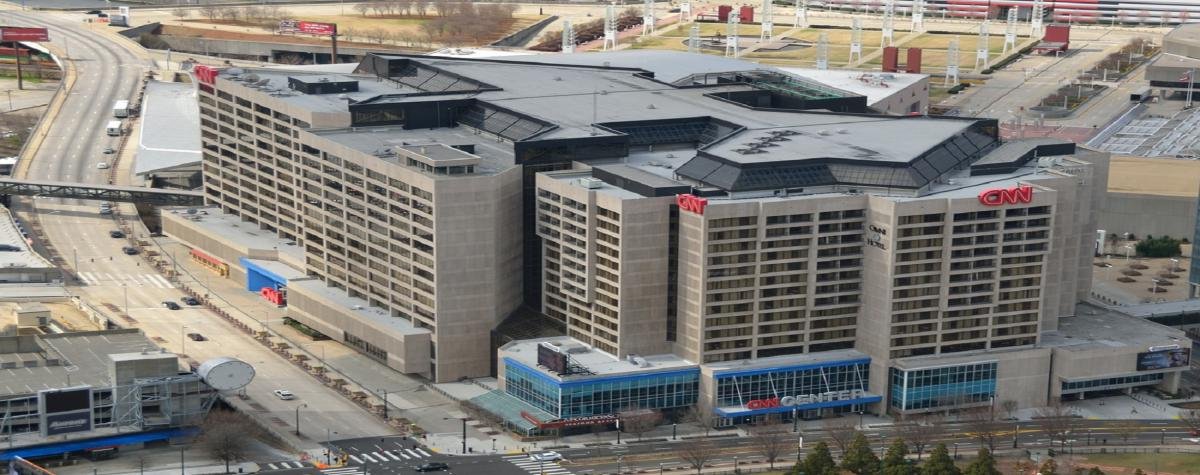Every website needs protection. Just like your personal computer, online servers can be targeted for attack. You need a way to keep out hackers or other sources of illegitimate traffic. That’s where firewalls come in.
Malicious actors can wreak havoc on your server if you leave your website unprotected and that’s why you should do everything you can to secure your site. Setting up a firewall should be one of your first orders of business.
So how exactly does a firewall work?
Firewalls simply monitor incoming and outgoing traffic on a device, scanning for any signs of malicious activity. Should it detect something suspicious, it will instantly block it from reaching its destination.
It’s a big filtration system for your computer or server.
When they were first developed, firewalls were very simple packet analyzers that allowed or blocked incoming traffic based on a minimal set of predefined rules. They were very easy to bypass.
Nowadays they’ve evolved into complex pieces of programming that are much better at keeping out-attempted intrusions and are an essential piece of software for all devices.
When You Need a Firewall
You might be wondering: when is a firewall necessary? Do I really need one?
A firewall is required for any machine that connects to the internet. Not just your computer, but your web server, phone, IoT devices, or anything you can think of that has the ability to use the internet.
An unprotected device is easy pickings for intrusions and infections.
This could give hackers the ability to take over your computer, install whatever they want, monitor as you enter sensitive info like bank credentials, or even look through your webcam/camera, and listen through your microphone.
In the case of a web server, if a hacker manages to get through, they could deface your website, embed malware that infects your visitors, change your admin login credentials, or take down your site entirely.
Without a firewall, your website and even your personal devices are vulnerable to DDoS attacks, an attack vector that sends thousands or millions of fake packets to overload your server and brings your website or internet down.
Not convinced? Here’s what a firewall can protect you or your website against:
Intrusions: Firewalls prevent unauthorized users from accessing your computer or server remotely and doing whatever they want.
Malware: Attackers who manage to infiltrate can send malware to infect you or your server. Malware may steal personal information, spread itself to other users, or otherwise damage your computer.
Brute force attacks: Attempts by hackers to try hundreds of username and password combinations to discover your admin (or other users’) login credentials.
DDoS attacks: Firewalls (especially web application firewalls) can attempt to detect the influx of fake traffic that occurs during a DDoS attack.
Types of Firewalls
There are many different types of firewalls, each designed for a different situation. Some are better for single computers, while others are made for network-wide filtering.
Personal Firewall.
Hardware vs Software Firewall.
Packet Filtering Firewall.
Stateful Firewall.
Web Application Firewall.
Next-Generation Firewall.
They all work differently and are better at blocking certain kinds of traffic. If you’re wondering which you should be looking for, we’ll break down all the major types of firewalls.
Here’s a quick summary: unless you’re running your own server stack (providing a website with your own internet), the type of firewall you mainly need to worry about are personal firewalls, software firewalls, and web application firewalls.
These three are the most important. However, read more about the rest if you want to better understand how a firewall works and how they’ve evolved over the years.
How to Get a Firewall
To protect yourself and your website, you need a high-quality firewall that will keep intruders out.
As far as personal firewalls go, it’s not usually necessary to go out of your way to get one. Windows’ built-in firewall works very well with no configuration at all. And between the application firewall that often comes with your antivirus software, and the packet filter on your router, your computer is usually more than protected.
Just make sure your firewall is activated, you have a good antivirus installed, and your router is configured properly. The same thing can be said for macOS users.
But what if you have a website that needs protection?
It’s a lot different then. There’s not as many built-in tools to protect you, and often it’s up to you to secure your website.













